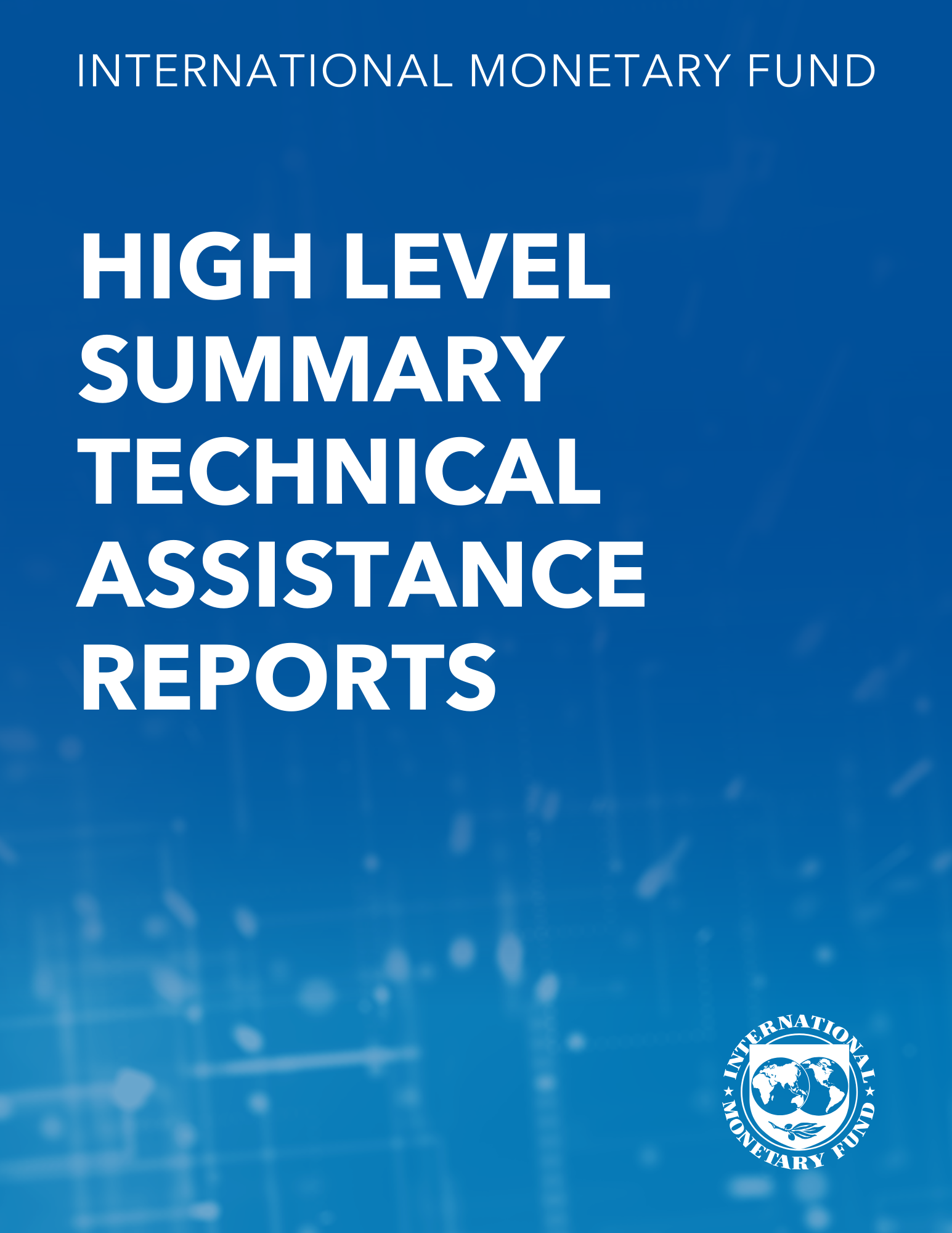A Formal Model of Optimum Currency Areas
April 1, 1994
Disclaimer: This Working Paper should not be reported as representing the views of the IMF.The views expressed in this Working Paper are those of the author(s) and do not necessarily represent those of the IMF or IMF policy. Working Papers describe research in progress by the author(s) and are published to elicit comments and to further debate
Summary
A model of optimum currency areas is presented using a general equilibrium model with regionally differentiated goods. The choice of a currency union depends upon the size of the underlying disturbances, the correlation between these disturbances, the costs of transactions across currencies, factor mobility across regions, and the interrelationships between demand for different goods. It is found that, while a currency union can raise the welfare of the regions within the union, it unambiguously lowers welfare for those outside the union.
Subject: Economic integration, Employment, Exchange rates, Foreign exchange, Labor, Labor demand, Monetary unions
Keywords: choice of a currency union, cost t, currency union, currency union in a bloc, Employment, entrepot trade, exchange rate Ei, Exchange rates, existing currency union, Labor demand, larger currency union, Monetary unions, results from a currency union, separate currency, single currency zone, two-region currency union, union in a bloc, WP
Pages:
22
Volume:
1994
DOI:
Issue:
042
Series:
Working Paper No. 1994/042
Stock No:
WPIEA0421994
ISBN:
9781451846171
ISSN:
1018-5941
Notes
Also published in Staff Papers, Vol. 41, No. 4, December 1994.





